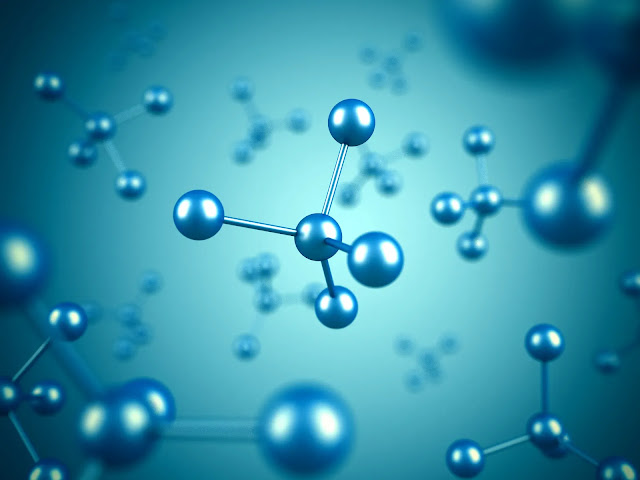Add this to the pile of “That’s not supposed to happen!” examples: It was a first for scientists to watch a metal self-heal. It would be the beginning of a new age in engineering if this process could be fully understood and controlled.
In order to determine the metal’s durability, researchers from Sandia National Laboratories and Texas A&M University were pulling on its ends 200 times per second using a transmission electron microscope. They then watched as a 40-nanometer-thick platinum disc, suspended in a vacuum, self-healed.
Fatigue damage refers to the cracking that occurs when a machine or structure is subjected to the kind of stress mentioned above repeatedly, leading to microscopic breakdowns. The platinum crack miraculously fused back together and began to mend itself after around 40 minutes of observation, before it started to move in a new direction.
Sandia National Laboratories materials scientist Brad Boyce said, “This was absolutely stunning to watch in person.” We didn’t go out of our way to find it.
In the instance of nanoscale fatigue damage, our findings demonstrate that metals have a natural ability to repair themselves.
These are extremely precise conditions, but we still don’t fully understand what’s going on here or how to put it to good use. Self-healing metals may not seem like a big deal, but consider the time and money saved by not having to fix things like bridges, motors, and phones.
Even if this has never been seen before, it’s not completely out of the blue. The tiny crystalline grains inside metals essentially move their boundaries in reaction to stress, and in 2013 Texas A&M University materials scientist Michael Demkowicz worked on a paper indicating that this form of nano crack healing may happen.
Demkowicz contributed to the new research as well, utilizing updated computer models to demonstrate that his findings from a decade ago regarding the self-healing behavior of metal at the nanoscale were accurate.
Another encouraging finding is that the automated repair process occurred at ambient temperature. The experiment was conducted in a vacuum, which is unusual for metal; whether the same process would occur in standard metals in a normal atmosphere remains to be shown.
Cold welding, which happens at room temperature whenever two metal surfaces are close enough for their atoms to twist together, could be the reason. Usually, air or other pollutants get in the way, but in extreme conditions like those found in space, pure metals can be pressed so close together that they practically stick.
Demkowicz hopes that this discovery would prompt researchers to rethink the assumptions they’ve made about materials’ capabilities.



